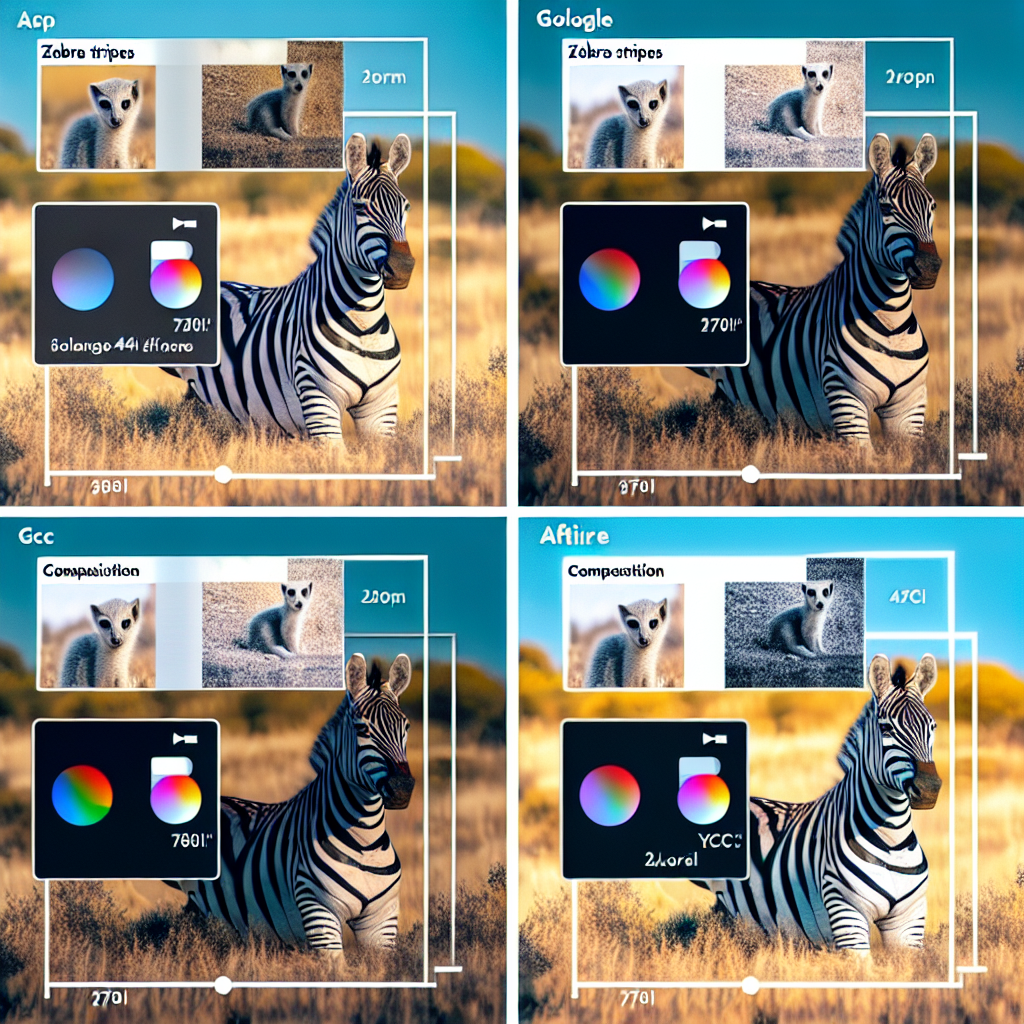-
Table of Contents
Comparative Analysis: ChatGPT vs Google AI

Artificial Intelligence (AI) has rapidly evolved in recent years, with major tech companies like OpenAI and Google leading the charge. Two of the most prominent AI systems today are ChatGPT, developed by OpenAI, and Google AI, which encompasses a range of tools including Bard and the PaLM language model. This article provides a detailed comparison between ChatGPT and Google AI across four key dimensions: Technology and Architecture, Performance and Accuracy, User Experience and Accessibility, and Use Cases and Applications.
1. Technology and Architecture
ChatGPT is based on OpenAI’s GPT (Generative Pre-trained Transformer) architecture. The latest version, GPT-4, is a large multimodal model capable of understanding and generating text and images. It is trained on a diverse dataset that includes books, websites, and other text-based content, allowing it to generate human-like responses across a wide range of topics.
Google AI, particularly its conversational model Bard, is powered by the PaLM (Pathways Language Model) architecture. PaLM is designed to be highly scalable and efficient, with the ability to perform reasoning, code generation, and multilingual translation. Google’s AI also benefits from integration with its vast search engine infrastructure, giving it access to real-time information and a broader context for responses.
Example: While ChatGPT relies on its training data (with a knowledge cutoff), Google Bard can pull in real-time data from the web, making it more current in certain scenarios.
2. Performance and Accuracy
Performance in AI models is often measured by their ability to understand context, generate coherent responses, and maintain factual accuracy. ChatGPT excels in generating creative and contextually rich responses. It is particularly strong in tasks that require nuanced understanding, such as storytelling, essay writing, and coding assistance.
Google AI, on the other hand, tends to perform better in fact-based queries due to its integration with Google Search. Bard can provide up-to-date information and cite sources, which enhances its credibility in delivering factual content. However, it may sometimes lack the conversational depth that ChatGPT offers.
Data Point: In a 2023 benchmark test by Stanford University, ChatGPT scored higher in creative writing and code generation tasks, while Google Bard outperformed in real-time fact-checking and data retrieval.
3. User Experience and Accessibility
ChatGPT is accessible through OpenAI’s platform and is also integrated into Microsoft products like Word and Excel via Copilot. It offers both free and subscription-based access (ChatGPT Plus), with the latter providing access to GPT-4. The interface is user-friendly, and the model supports multiple languages, although its performance is strongest in English.
Google AI’s Bard is integrated into Google Workspace tools like Docs and Gmail, and is accessible via a web interface. It is free to use and benefits from Google’s ecosystem, including Maps, Search, and YouTube. This integration allows for a seamless user experience, especially for those already embedded in Google’s services.
Example: A user writing an email in Gmail can use Bard to suggest content or correct grammar, while a Microsoft 365 user might use ChatGPT to generate a report in Word or analyze data in Excel.
4. Use Cases and Applications
ChatGPT is widely used in education, content creation, customer service, and software development. Its ability to generate detailed explanations and creative content makes it a favorite among students, writers, and developers. For instance, it can help debug code, write essays, or simulate conversations for training purposes.
Google AI is more focused on enhancing productivity and information retrieval. It is particularly useful for summarizing documents, answering factual questions, and integrating with Google’s suite of tools. Businesses use Bard for market research, data analysis, and customer interaction through Google Cloud services.
Example: A teacher might use ChatGPT to generate lesson plans or quiz questions, while a marketing analyst might use Google AI to pull real-time data on consumer trends and summarize reports.
Summary Table: ChatGPT vs Google AI
| Criteria | ChatGPT (OpenAI) | Google AI (Bard/PaLM) |
|---|---|---|
| Architecture | GPT-4 (Transformer-based) | PaLM (Pathways Language Model) |
| Data Access | Static (knowledge cutoff) | Dynamic (real-time web access) |
| Strengths | Creativity, coding, conversation | Fact-checking, real-time info, integration |
| Integration | Microsoft 365, OpenAI API | Google Workspace, Search, Cloud |
| Cost | Free & Paid (ChatGPT Plus) | Free |
Conclusion
Both ChatGPT and Google AI represent significant advancements in the field of artificial intelligence, each with its own strengths and ideal use cases. ChatGPT excels in creative and conversational tasks, making it a powerful tool for writers, educators, and developers. Google AI, with its real-time data access and seamless integration into the Google ecosystem, is better suited for productivity, research, and fact-based tasks. Ultimately, the choice between the two depends on the user’s specific needs—whether they prioritize creativity and depth or real-time accuracy and integration.
